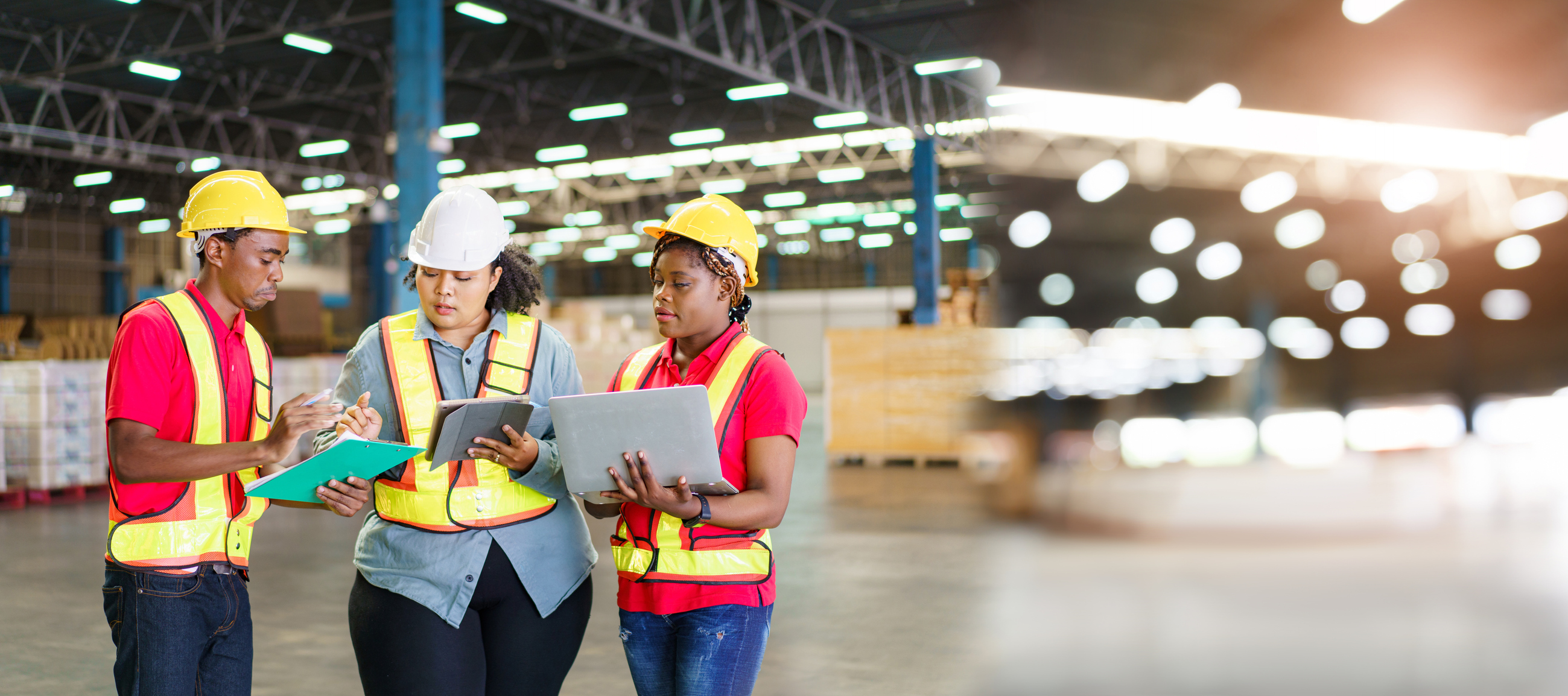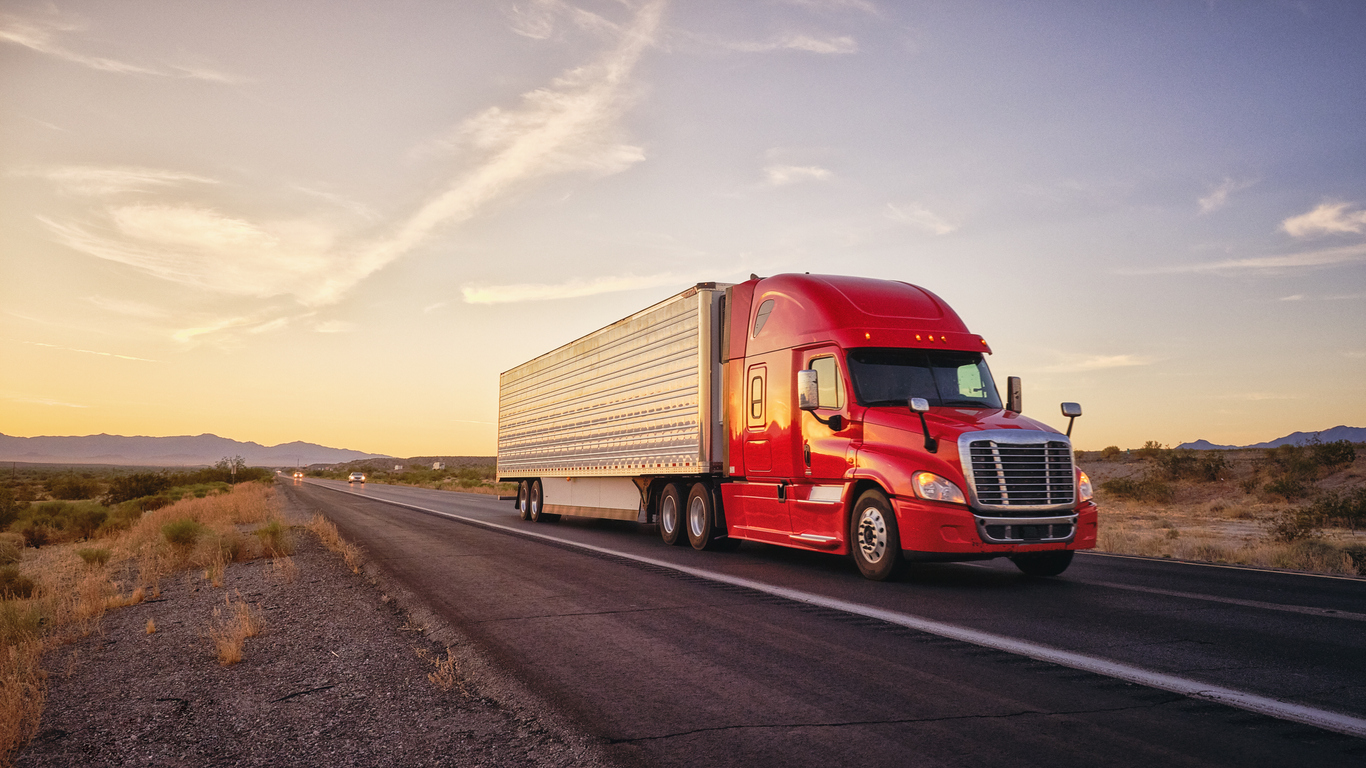The Future of Transportation in Logistics: Trends and Predictions
Transportation is a critical component of logistics, and the industry is constantly changing and adapting to new technologies and trends. From autonomous vehicles to drone deliveries, this guide explores the latest developments in transportation and logistics and offers insights into what the future may hold.
Increased use of automation and robotics
One of the biggest trends in the future of transportation in logistics is the increased use of automation and robotics. This includes the use of autonomous vehicles for transportation and delivery, as well as the use of robots in warehouses and distribution centres for tasks such as picking and packing. These technologies have the potential to increase efficiency and reduce costs but also raise questions about job displacement and the need for new skills in the workforce.
You may also read, 4 Essential Factors Before Choosing a Trucking Operations System
Growth of electric and alternative fuel vehicles
Another trend in the future of transportation in logistics is the growth of electric and alternative fuel vehicles. With concerns about climate change and the need to reduce emissions, many companies are investing in electric and hybrid vehicles for their transportation and delivery needs. In addition, there is a growing interest in alternative fuels such as hydrogen and biofuels. While these technologies are still in the early stages, they have the potential to revolutionize the transportation industry and reduce its impact on the environment.
Integration of IoT and data analytics
The integration of IoT (Internet of Things) and data analytics is another trend in the future of transportation in logistics. IoT devices such as sensors and GPS trackers can provide real-time data on the location, condition, and status of shipments. This data can then be analyzed using advanced analytics tools to optimize routes, reduce delivery times, and improve overall efficiency. With the increasing availability of IoT devices and the growing importance of data analytics in logistics, this trend is expected to continue to grow in the coming years.
Expansion of last-mile delivery options
Last-mile delivery, or the final leg of the delivery process from the transportation hub to the end customer, has become a major focus in the logistics industry. With the rise of e-commerce and same-day delivery expectations, companies are exploring new and innovative ways to improve last-mile delivery. This includes the use of drones, autonomous vehicles, and even robots to deliver packages directly to customers. As technology continues to advance, we can expect to see even more options for last-mile delivery in the future.
Look at, New Transportation Management Software
Emphasis on sustainability and eco-friendly practices
As the world becomes more environmentally conscious, the transportation industry is also shifting towards sustainability and eco-friendly practices. This includes the use of electric and hybrid vehicles, as well as alternative fuels such as biofuels and hydrogen. Companies are also exploring ways to reduce emissions and carbon footprints through route optimization and improved logistics planning. In the future, we can expect to see even more emphasis on sustainability and eco-friendly practices in the transportation industry.
Types of Transportation in Logistics: Which Is Right for You?
There are many types of transportation available in logistics, each with its own advantages and disadvantages depending on your specific needs. Here are some of the most common types of transportation used in logistics:
Road Transportation: This is the most common mode of transportation in logistics, using trucks and other vehicles to move goods by road. It is ideal for short to medium-distance transportation and can be cost-effective for smaller loads.
Rail Transportation: Rail transportation is best suited for long-distance transportation of heavy goods. It can be cost-effective for large shipments and also has lower carbon emissions compared to other modes of transportation.
Air Transportation: Air transportation is the fastest mode of transportation in logistics and is suitable for urgent deliveries over long distances. However, it can be expensive and is not as cost-effective for larger or heavier shipments.
Sea Transportation: Sea transportation is ideal for transporting large quantities of goods over long distances. It is cost-effective for bulky or heavy goods, but it can also be slow and has long lead times.
Multimodal Transportation: This involves using multiple modes of transportation, such as road, rail, air, and sea, to move goods from one location to another. It is suitable for complex logistics operations and can provide cost savings and efficiency.
When choosing the right mode of transportation for your logistics needs, consider factors such as the size and weight of your shipment, the distance it needs to travel, the urgency of delivery, and your budget. It may be necessary to use a combination of different modes of transportation to achieve the most efficient and cost-effective solution for your business.
Conclusion
In conclusion, the future of transportation in logistics is expected to see a significant transformation in the coming years. The adoption of automation, sustainability, and new transportation modes, along with the integration of data analytics and blockchain technology, will bring about new opportunities and challenges for the industry.
Don't wait any longer if you want to curate your own micro-credential! ATU Trucking Operations offers a high-quality and customizable micro-credential in trucking operations that is very user-friendly. Contact us today for more.




